Leading market players are investing heavily in research and development to expand their product lines, which will help the Inverter Market, grow even more. Market participants are also undertaking a variety of strategic activities to expand their global footprint, with important market developments including new product launches, contractual agreements, mergers and acquisitions, higher investments, and collaboration with other organizations. To expand and survive in a more competitive and rising market climate, the Inverter industry must offer cost-effective items.
Manufacturing locally to minimize operational costs is one of the key business tactics used by manufacturers in the global Inverter industry to benefit clients and increase the market sector. In recent years, the Inverter industry has offered some of the most significant advantages to the renewable energy sector and industrial automation.
Major players in the Inverter Market, including Huawei Technologies Co., Ltd. (China), SUNGROW (China), SMA Solar Technology AG (Germany), Power Electronics S.L. (Spain), Fimer Group (Italy), SolarEdge (Israel), Fronius International GmbH (Austria), Altenergy Power System Inc., (US), Enphase Energy (US), DARFON (China) are attempting to increase market demand by investing in research and development operations.
Sungrow is a leading renewable energy company specializing in the manufacturing of power supply equipment for solar PV and wind power projects. Their product portfolio includes PV inverters, floating systems, storage systems, and related accessories. Additionally, Sungrow offers a range of services, including construction, development, and operation management services, as well as microgrid storage solutions, grid support storage solutions, and residential storage solutions.
Their products are utilized in solar energy photovoltaic power stations, solar energy photovoltaic generation systems for buildings, and wind power generation plants. Headquartered in Hefei, Anhui, China, Sungrow focuses on providing innovative solutions for sustainable energy generation. In July 2023, Sungrow entered into a framework agreement with Sonnedix, an international renewable energy manufacturer, to supply inverter solutions for 750 MWp PV projects. As part of the agreement, Sungrow will deliver string inverters, central inverters, and medium-voltage stations to Sonnedix, while also providing professional services such as personnel training to support Sonnedix's expansion plans in Europe.
SMA Solar Technology AG (SMA) is a prominent player in the renewable energy equipment sector. The company specializes in the development, production, and distribution of photovoltaic inverters, choke coils, transformers, and monitoring and energy management systems for PV systems. Additionally, SMA offers intelligent energy management systems, digital services, and solar power plant operation and maintenance services. With a global presence spanning South America, Asia Pacific, North America, Europe, the Middle East, and Africa, SMA is committed to advancing sustainable energy solutions. Its research and development efforts are focused on creating comprehensive system solutions and innovative digital business models.
SMA operates production facilities in Germany and China, along with an electromagnetic components center in Poland. Headquartered in Niestetal, Hessen, Germany, SMA remains at the forefront of innovation in the renewable energy industry. In April 2022, the company introduced a new line of four inverters with rated outputs of 12kW, 15kW, 20kW, and 25kW, designed for use in PV rooftop systems up to 135kW. These inverters ensure grid-compliant power control for the entire system, accommodating PV generators up to 150% larger than conventional systems. This product launch further strengthens SMA's diverse product portfolio.


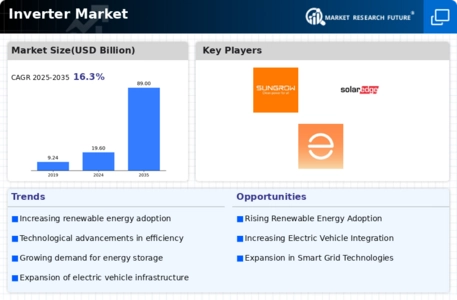
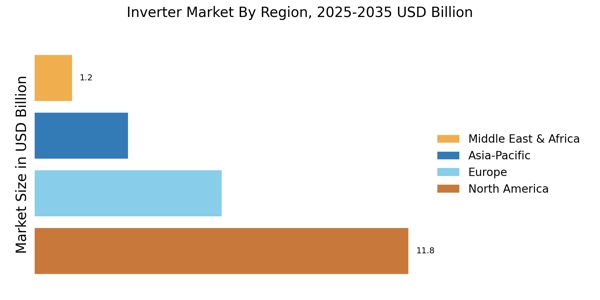
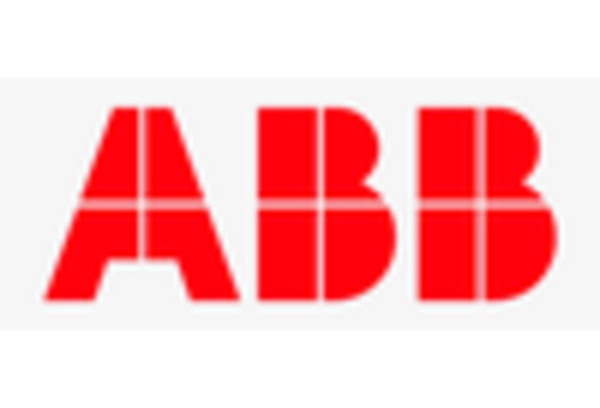
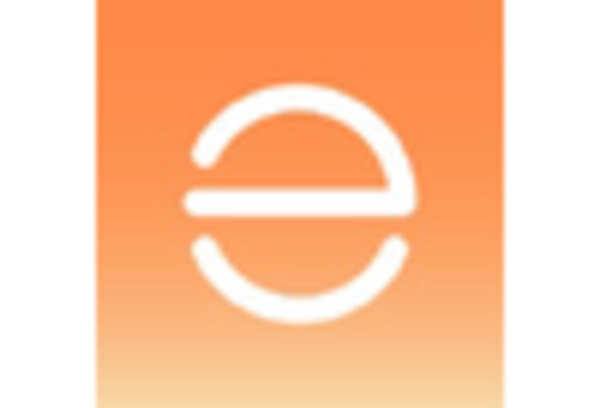
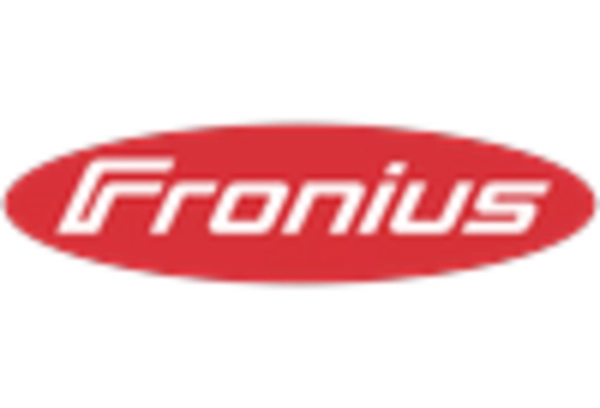
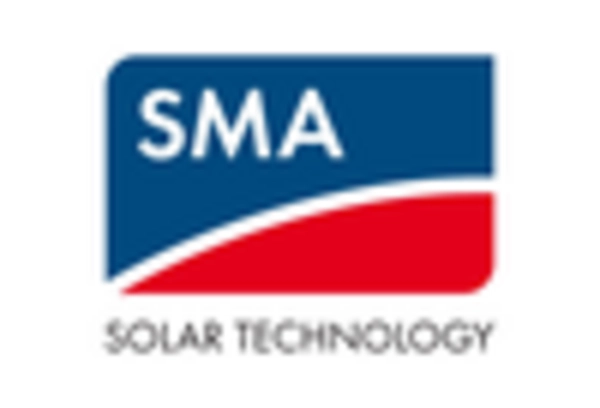
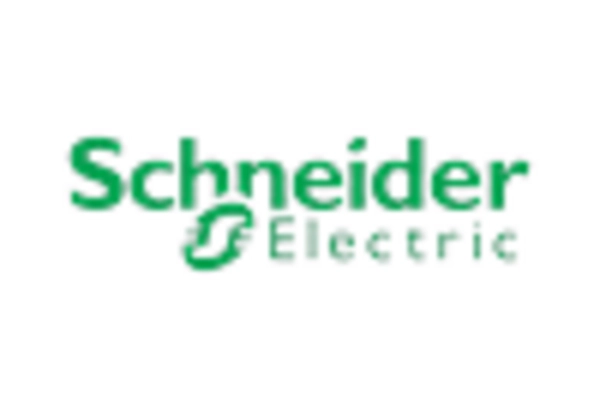
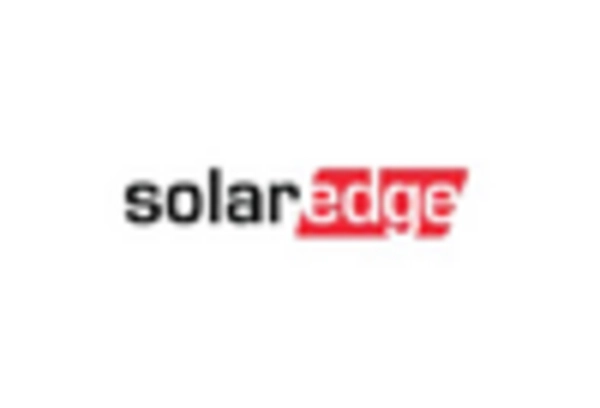








Leave a Comment